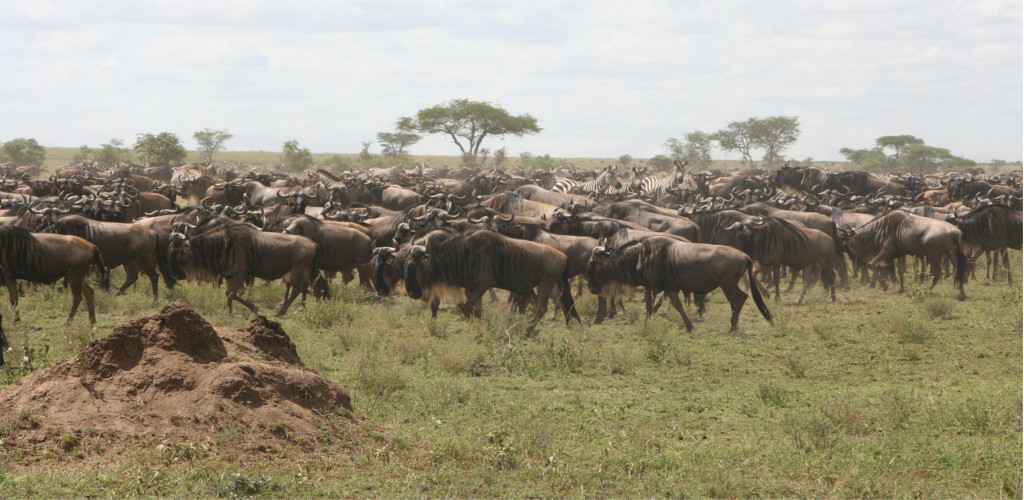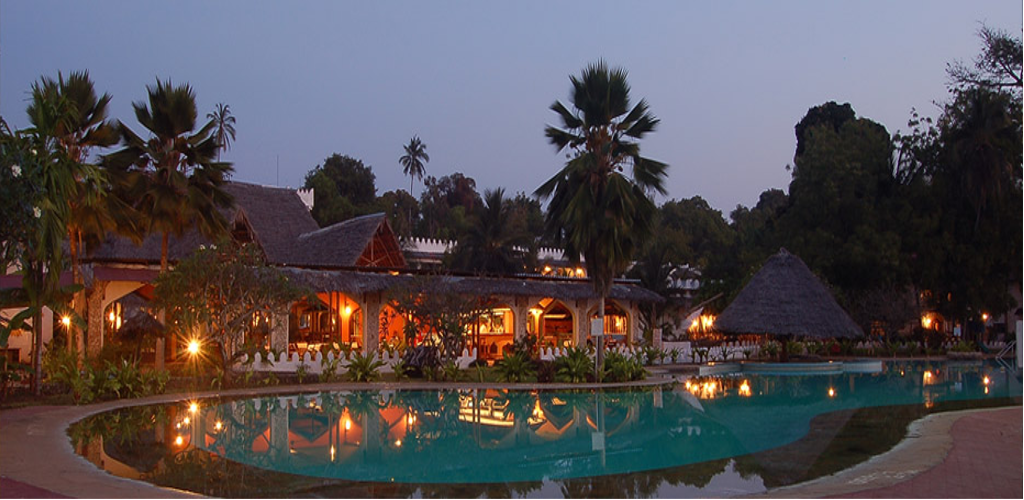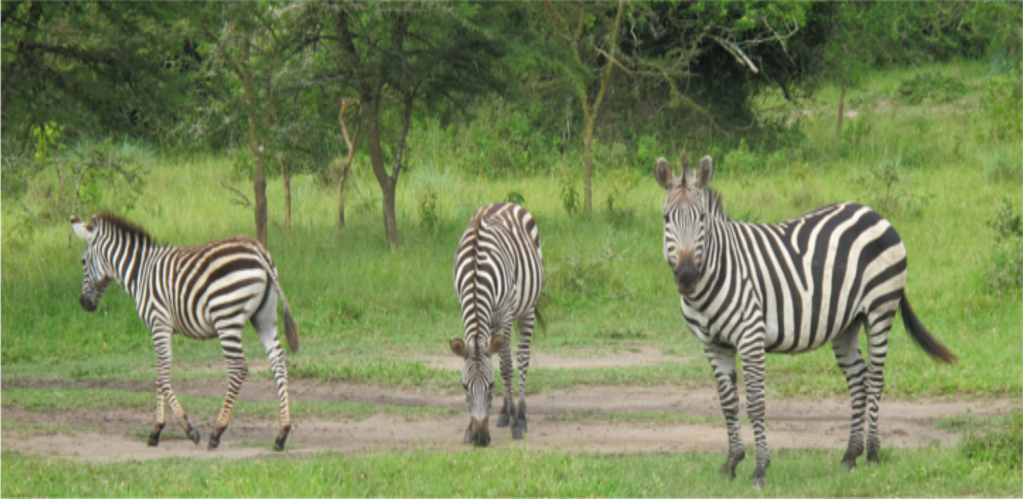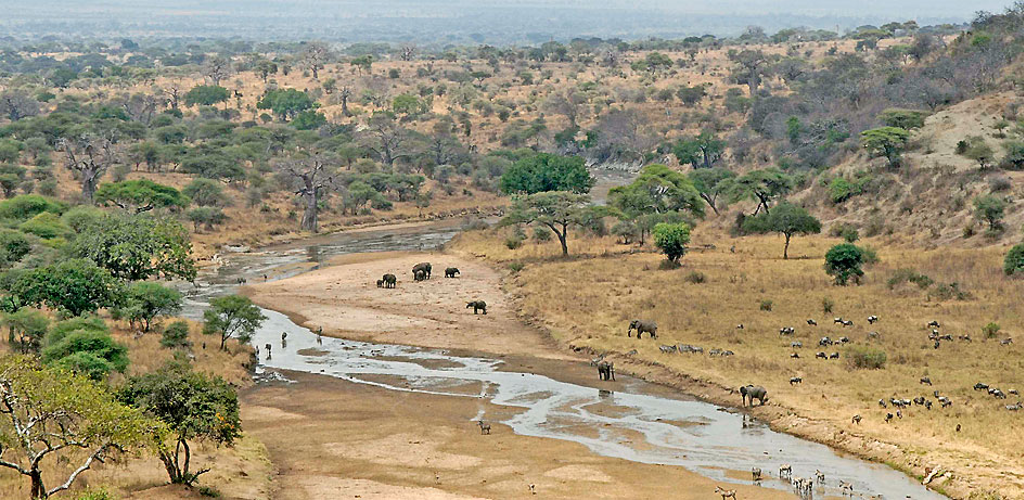The Serengeti Game Park

The Serengeti Park - Tanzania Safari park
The park covers 14,763 sq km of endless rolling plains, which reach up to the Kenyan border and extends almost to Lake Victoria. The park is flourishing with magnificent wildlife. An estimated 3 million large animals roam the plains. People of the Maasai Tribe called it Siringitu - 'the place where the land moves on forever.' The Serengeti is known as one of the best wildlife sanctuary in the world.
Two World Heritage Sites and two Biosphere Reservates have been established within this area. Its unique environment has enthused writers, filmakers as well as numerous photographers and scientists. The Serengeti ecosystem is one of the oldest on earth, the main characteristics of climate, flora and fauna have hardly changed in the past million years.
Serengeti is renowned for the migration of animals. Every October and November, more than a million wildebeest and about 220,000 zebras travel south from the northern hills to the southern plains for the short tropical rains, and then journey west and north after the long rains in April to June. The animals' ancient instinct to move is so strong that no drought, gorge or crocodile infested river can hold them back. The Wildebeest migrate through a number of parks, reserves and protected areas and through a variety of habitat.
Wildlife Safaris in Serengeti
The Serengeti boasts large herds of antelope including Patterson's eland, Klipspringer, Dikdik, Zebra, gazelles, lion, impala, leopard, cheetah, hyena and other larger mammals like the rhino, giraffe, elephant and hippopotamus. Nearly 500 species of birds have been recorded in the park. The Serengeti is an opportunity for one of the best game-viewing in Africa.
Migration in the Serengeti
The wildebeest migration, like a discernible thread, embraces and connects the Serengeti's ecosystem much as it has done for at least two millions years.
Every year, with some seasonally dictated variations in timing and scale, one million wildebeest leave the southern Serengeti's short grass plains in search of the grass and water they need to survive.
During their annual pilgrimage they will travel some 2.000 miles devouring 4.000 tonnes of grass a day. A quarter of a million will be born, many will die.




